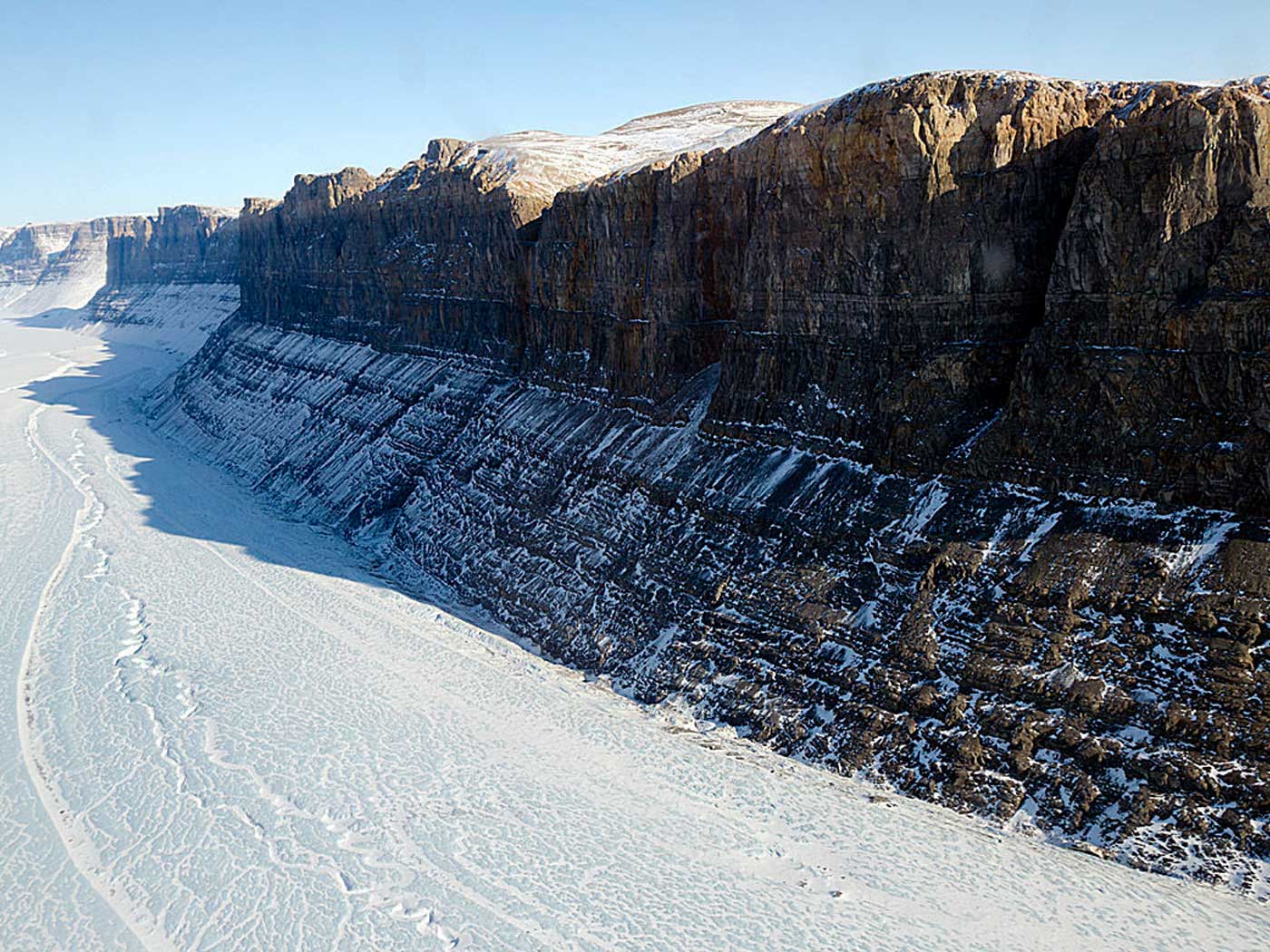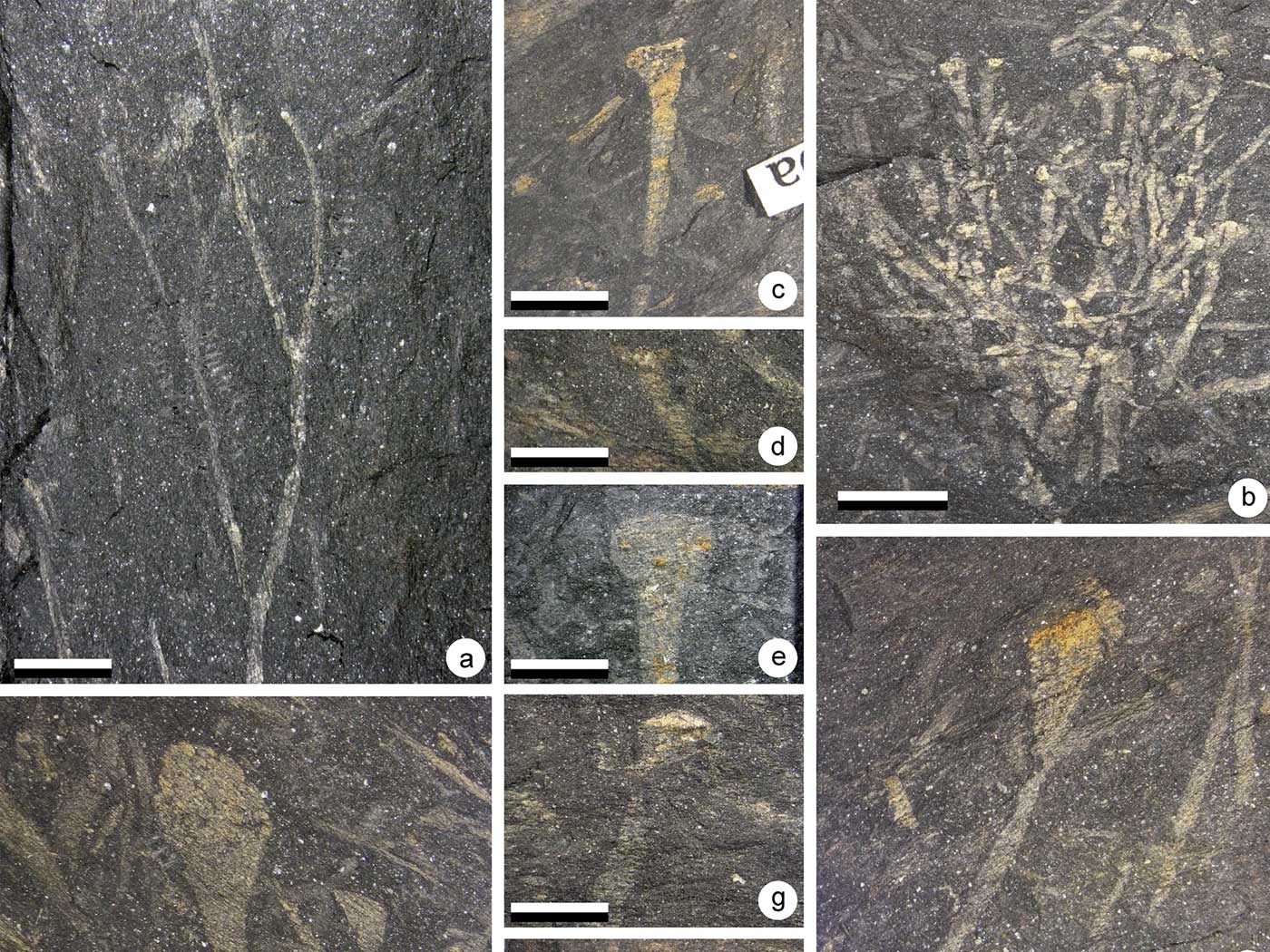How many animals did the Ark actually carry, and how did Noah get all those animals on the Ark? How could eight people possibly care for so many thousands of animals, and how could such a small crew deal with tons of manure on a daily basis? How could the koala, which only eats fresh Eucalyptus leaves, be maintained on the Ark for an entire year? Add a thousand and one other similar questions to these. For centuries, skeptics have argued against the veracity of the account of Noah's Ark and the global Flood, gloating over its supposed impossibility. In recent years, such arguments have come thick and fast from modern anti-creationists who have largely parroted the earlier critics of the Ark.
Compromising evangelicals have uncritically accepted many of these anti-Biblical assertions ("after all, so many scientists can't be wrong") and sought to "save" the Flood account by trivializing it into a glorified river flood of the Tigris-Euphrates. More orthodox Bible-believers, willing to accept all the teachings of Scripture (including its unmistakable claim of a global Flood) have also been needlessly intimidated by these intellectual-sounding anti-Ark arguments. As a result of this, many sincere believers have felt that the only solution to this vast array of "impossible" difficulties with the Ark was to posit miraculous solutions to them.
Yet when we look at all these anti-Ark arguments, we note a conspicuous lack of scholarly response to most of them, at least in any kind of concerted manner. Indeed, there never before has been a modern systematic evaluation of the alleged difficulties surrounding Noah's Ark. My recent book, Noah's Ark: A Feasibility Study, has just been published and is the fruit of seven years of painstaking research, including the reading of hundreds of books and articles on animal care. The work carries a foreword by Dr. Henry M. Morris, the President Emeritus of ICR, and is dedicated to the observance of the 25th anniversary of the founding of the Institute for Creation Research.
The book itself contains a bibliography of approximately 1,200 references. In it, all of the arguments against the Ark are systematically examined, and all are found wanting. In fact, the vast majority of the anti-Ark arguments, at first superficially plausible, turn out to be easily invalidated.
To start out, I reviewed what Scripture actually teaches about what kinds of creatures were taken on the Ark in order to dispel the oft-repeated charge that the Ark needed to carry perhaps 50 million species of creatures. I then figured out how many animals were on the Ark, arriving at approximately 16,000. Since animals vary so much in size, a numerical figure itself is not too informative. Therefore, the 16,000 animals were assigned into body-weight categories. As a result, there were eight logarithmic categories spanning the hummingbird (a few grams each) and the largest dinosaur (nearly 100 tons when adult). Since most of the animals were small, the median animal on the Ark was about the size of a rat. Only 15% of the animals were sheep-sized or larger (neglecting the taking of juveniles on the Ark), but it was the larger animals which accounted for most of the food intake and production of excreta.
To calculate the housing space needed by the animals, I employed laboratory-animal housing standards for reference animals of comparable mass. Also, by using the body-weight categories, and actual measurements of animal-food intake, I was able to determine how much food and water the animals would need for their 371-day Ark stay. Special emphasis was placed on the large mammalian herbivores and their ostensible requirement for vast quantities of bulky hay. It turns out that the Ark was more than ample to accommodate the animals along with their water and provender, with considerable room to spare.
What about the animal excreta? I found that approximately 12 metric tons of excreta would have been produced daily by all the Ark animals. By studying agricultural literature and the various means of dealing with large volumes of animal waste, I was able to show that it was easily possible for eight people to deal with this much excreta. Moreover, I evaluated the possible use of several different methods of waste management of which involved the daily removal of animal waste, and some which allow the steady accumulation of animal waste on the Ark without its removal. Both types of methods were found to be workable and practical, as demonstrated by their modern counterparts in the management of agricultural wastes.
Because there have been so many arguments which allege the impossibility of eight people caring for so many animals, I delved into actual manpower studies on the time required to care for a given number of animals under various conditions. It turns out that simple labor-saving techniques could have enabled eight people to care for 16,000 animals assuming the availability of only rustic tools, along with a 10-hour day, 6-day week, with time to spare.
One of the most difficult aspects of maintaining wild animals in captivity is the meeting of their respective food requirements. Not surprisingly, there is a large constellation of arguments against the Ark centered on the supposed impossibility of Noah meeting these dietary requirements. These animals include carnivores, as well as an assortment of animals with specialized diets today that are comprised of live and/or perishable foods.
I first considered large carnivores (e.g., lions), demonstrating that a large quantity of fodder animals were unnecessary to supply meat for them. I then considered the animals that eat only live foods, such as the insectivorous bats and soft-billed birds, showing that they could have been maintained without extensive culturing of live insects on the Ark. Next were considered animals with the most highly specialized diets, proving that Noah did not need to grow Eucalyptus on the Ark for the koalas, nor bamboo for the pandas aboard. I also showed how the dietary needs of vampire bats, king cobras, certain highly-folivorous primates, and three-toed sloths could have been met on the Ark.
The hibernation of animals on the Ark was also considered. This factor is difficult to evaluate since different animals hibernate under varying conditions, and there is no comprehensive database which tabulates these conditions. It was conservatively assumed that the animals did not undergo any form of dormancy at all. I did indeed substantiate the fact that many of the animals could have gone into dormancy under the conditions inside the Ark; however, prolonged dormancy of the animals was actually unnecessary.
Many other aspects of animal care were considered, including arguments revolving around the need to ventilate the Ark, behavioral problems in dealing with wild animals on a large-scale basis, consequences of crowding and the need for exercise, the provision of bathing facilities, the survival of animals which do poorly in captivity, and many other alleged problems. In each case, reasonable and usually simple solutions were found to be sufficient to solve the problems.
There are also hoary arguments, repeated to this day by anti-creationists, against the successful stocking of the Ark, owing to different climatic requirements of animals. We are still fed visions of polar animals suffocating from the heat on their way to the Ark, or else having nowhere to live in a warm pre-Flood world. By studying the actual climatic tolerances of animals, I have shown how polar temperature and tropical animals (and plants, for that matter) could easily have coexisted in a warm, pre-Flood world.
Although this work is on Noah's Ark and its cargo, I also considered the fate of organisms not on it. For instance, it was shown how both salt-intolerant and salt-requiring fish, as well as amphibians, could have survived the Flood, even if there were no stable layers of fresh and salt water in the shoreless ocean.
Attacks on the credibility of the Ark are not limited to the Flood period itself, but also to the immediate post-Flood period. For instance, critics make many baseless allegations, such as the idea of animals coming off the Ark devouring each other for want of anything else to eat. The absurdity of such arguments is shown, along with recognizing the availability of many unconventional sources of food in the ostensibly barren post-Flood world. Several examples are also given of modern animals switching to unconventional food sources whenever their usual food is unavailable.
There also are botanical chapters in the book, demonstrating the spuriousness of anti-creationist claims about plants being unable to survive the Flood. We are told that the soils must have been too salty for any seeds to germinate, or that seeds must have prematurely germinated in the floodwater. After refuting these claims, I focus on seed germination and review the many studies which demonstrate the ability of seeds to survive soaking, as well as several ways that plants could have survived the Flood apart from seed.
Critics of the global Flood also insist that single pairs of animals released off the Ark could not have founded lasting populations, and even if they did, would have possessed insufficient genetic diversity to survive and to differentiate into the many varieties observed today. In actuality, recent studies in conservation biology show that small numbers of founders do have most of the genetic potential of the parent population. Furthermore, the inbreeding inherent in the initially small populations need not have posed any problem.
Several examples of lasting populations founded by only a few individual animals are cited, showing how small populations have differentiated and even given rise to new species in astonishingly short periods of time. Indeed, creationists have previously noted that not every species of land animal need have been on the Ark, as many new species could easily have arisen after the Flood. Anti-creationists have denied that species could arise in only 5,000 years and have accused creationists of being even more evolutionistic than the evolutionists in suggesting that this could happen! After dismissing the canard that speciation itself gives support to theories of organic evolution, I have given examples in which new species have arisen in a matter of only centuries, or even decades.
The human immune system (the MHC complex) contains many genetic variants, and anti-creationists have seized upon this as proof that the eight human founders could not possibly have carried sufficient diversity to account for the variation observed in the human race today. I was able to demonstrate the fact that the variants are compatible with a recent population founding only thousands of years ago. A study on mitochondrial DNA (which has given rise to the "African Eve" hypothesis) showed how the "molecular clock" it provides can be greatly accelerated, thus making it compatible with the Biblical time frame.
Overall, I trust that the new book, Noah's Ark: A Feasibility Study, will answer many questions which both scientists and laymen have about the function of Noah's Ark. It shows that the Scriptural teachings on the global Flood and the Ark are completely reasonable. The believer can hold full confidence in the integrity of the word of God.
* Mr. Woodmorappe holds M.S. degrees in biology and geology and maintains active research in these fields.



















